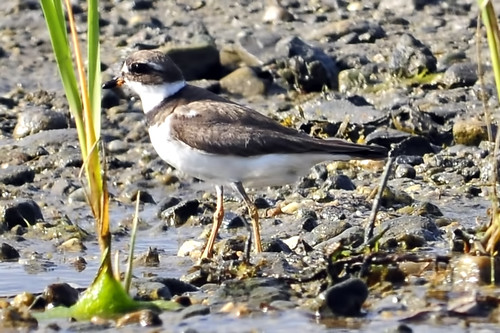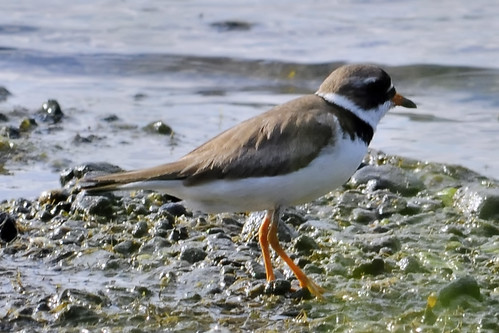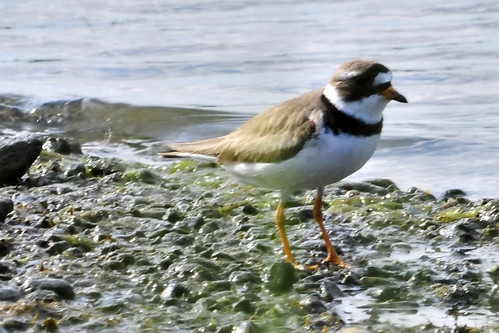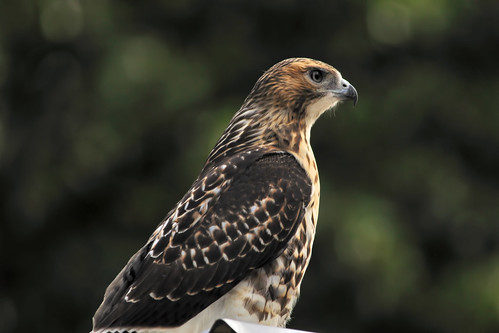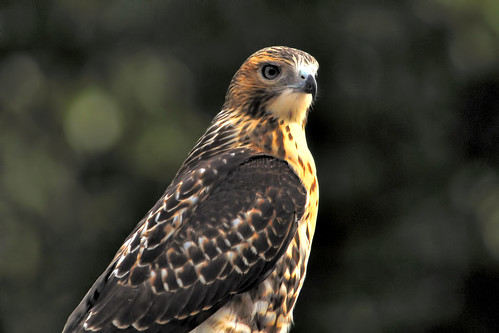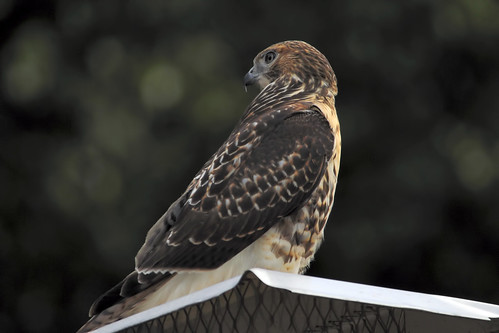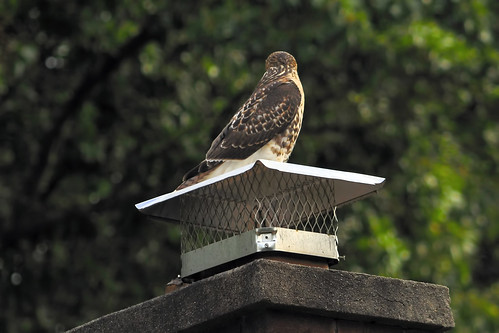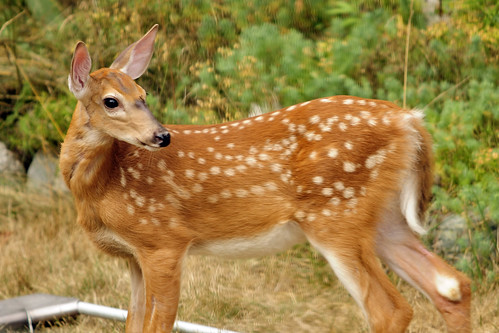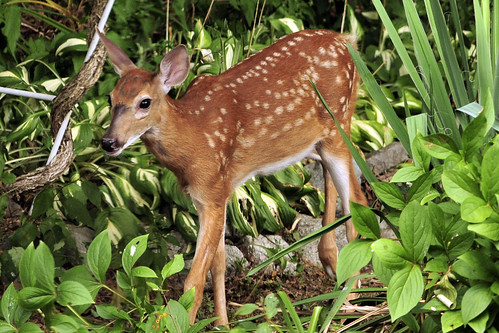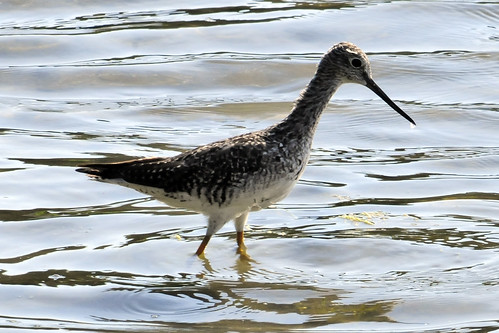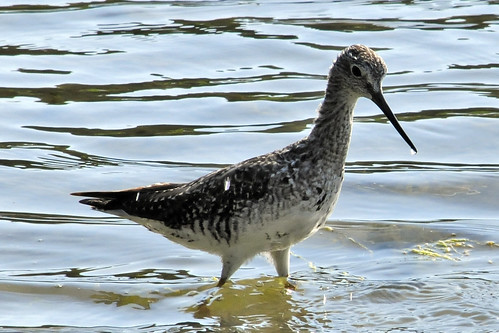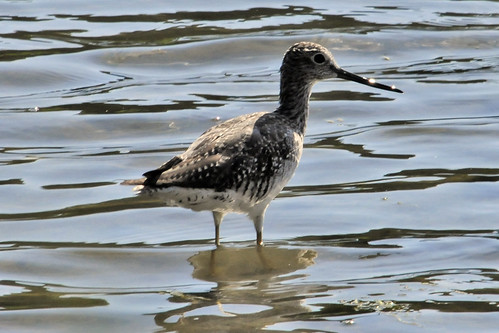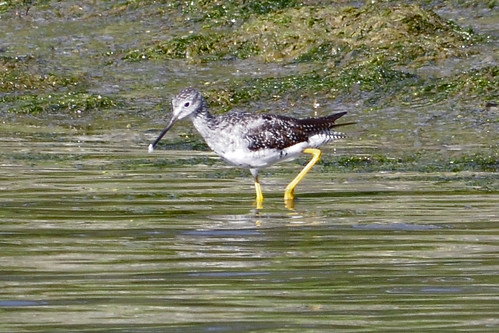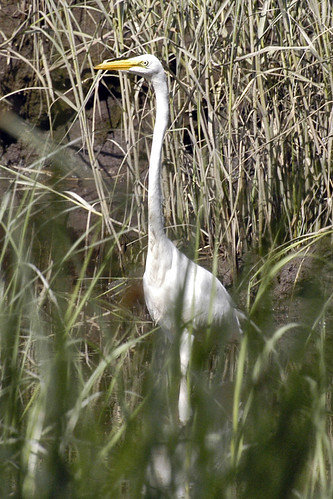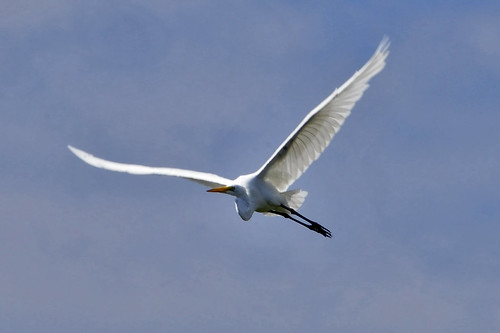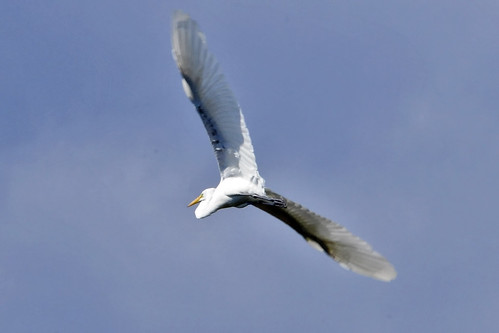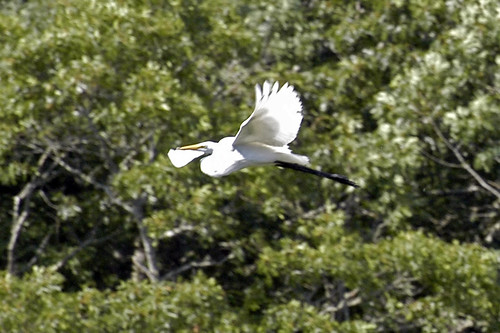
This little guy flew in to the edge of a little pond in the marsh. I find sandpipers difficult always, but one lone sandpiper with no other birds for size or shape comparison is even harder on me! I usually start by assuming it's the most likely species seen in the area. The most prevalent sandpiper here at this time of year is the Semipalmated Sandpiper. But Semipalmated Sandpiper's have black legs, and this bird has yellow or greenish yellow legs. This fellow is definitely not a Semipalmated Sandpiper.
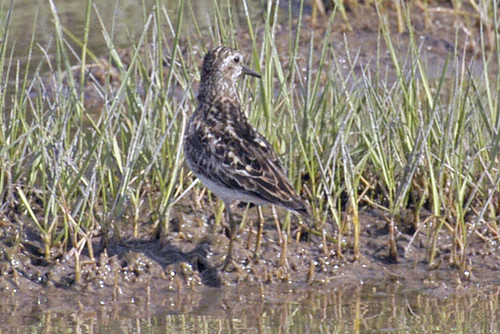
There are a lot of other sandpipers on our beaches this time of year. I knew I would have to pay attention to every detail if I didn't want to post inaccurate information on the Internet. I hate when that happens!
When identifying shorebirds, the first step is supposed to be determining the age of the bird. I have difficulty with that still, so my first identifying feature is usually size. Size is hard to judge in a vacuum, but I would say this guy was certainly small. The smallest sandpiper of all? I couldn't tell.
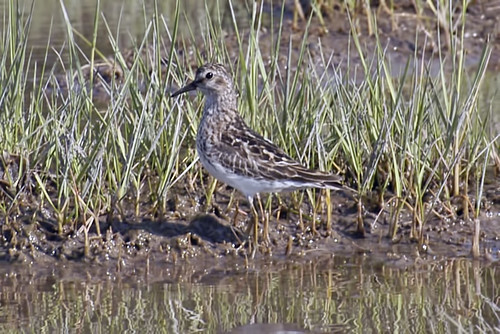
The yellow legs were a big clue. Most other smallish sandpipers that you would expect to see around here have black legs. Those with yellow or greenish yellow legs often have yellow bills, as well. The pool of possibilities shrunk to small sandpipers with yellow legs and a black bill.
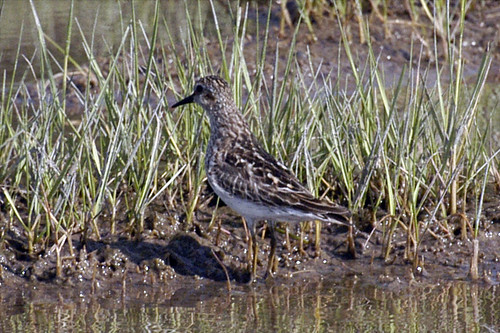
I noted the all over brown coloring, but what really convinced me of the identity of this bird's species was the slightly downward droop to his bill.
Now, I could well be mistaken about this ID because there are SO MANY sandpipers that all resemble one another. And it really is hard to ID a solitary bird in terms of size and coloring. Nonetheless, after consulting all my books and scouring the web for pictures, I've determined that this small sandpiper with yellow legs and dark bill that is slightly tipped downward is indeed a
Least Sandpiper; the smallest sandpiper of all!
